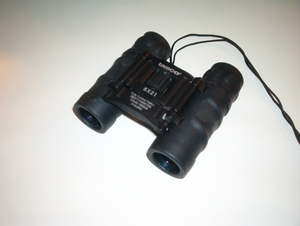Flea and Tick prevention for cats is an ongoing battle for cat owners. Having two cats, I know that even if you keep your cat inside, there are still preventative measures you need to take because fleas and ticks can enter the house on the bottom of shoes, pant legs, the dog, and anything that you may have placed on the ground while you are digging for your keys. Keeping up with treatment measures also helps prevent flea and tick infestation. You need to remember that fleas can jump up to four feet high and up to four feet forward as well.
Monthly Treatment
Monthly topical treatments are a good long term method of flea and tick prevention for your cat. Popular brands in this category are Frontline, Hartz, and Advantage, which are all administered, in liquid form. While not all brands work as well as others, using at least one brand until you find another you are satisfied with is better than using nothing at all. Of the brands I have used, Frontline seems to be the best, although Hartz is good for when you need quick relief and can’t wait until a trip to the vet or the mail to deliver your medication. Sergeant’s is useable if there is nothing else available at the moment.
Environment
Keep your cat out of tall grass and leaf piles. When I had an outdoor cat, she loved exploring for new places to hide out. Keep brush and weeds under control around the perimeter of the house because this allows fleas to get very close to your pet. Keep the grass mowed to under three inches so that the heat from the sun can reach the fleas there and kill them outside; try to mow at least once per week. Get Nematodes, which are a microscopic worm; these guys eat fleas. Ants are also a good natural flea killer, but can also become intrusive. Ladybugs are another good natural outdoor flea and tick prevention for your cat as they too like to eat fleas.
Climate Conditions
In colder areas flea and tick treatments need to be started just before the end of cold weather which is usually around March, and then continued until just after warm weather stops around October. A good guide is to use the first and last frost of your area. In warmer climates, year-round treatment is required. If you move outdoors and then bring them indoors, you must clean off the leaves and main stem of the plant because any fleas on the plant will jump off and go looking for your cat or a dark spot to lay eggs.
Indoors
Cleaning the home is a must when you have cats. Fleas and ticks lay eggs in dark corners where the larvae hatch and go looking for a host. Flea and tick prevention for your cat requires a very clean and sanitary house. Homes with lots of carpeting can be hard to keep up with because you need to vacuum at least twice a week to keep these guys under control. Don’t let the vacuum bag sit around for any amount of time because fleas and ticks can climb out of these things. Homes with wood flooring will need weekly mopping; using a lemon based liquid soap will usually help create a nice smell and kill the fleas along the way. Make sure you clean the mop and water often.
Things Not to Do
When you are looking at flea and tick prevention for your cat, there are a few things you should not do. Treatments for dogs cannot be used on cats because they are not the same formulation and can be harmful. Not all flea and tick medications can be combined or used with other treatments, so it is best to use only one treatment at a time. Do not assume that since you have used flea treatments over time your cat will build up an immunity to fleas. From personal experience, if you miss a month of treatment, be ready to battle fleas for your home because they come back in force. It only takes two fleas to create several hundred within 30 days.




